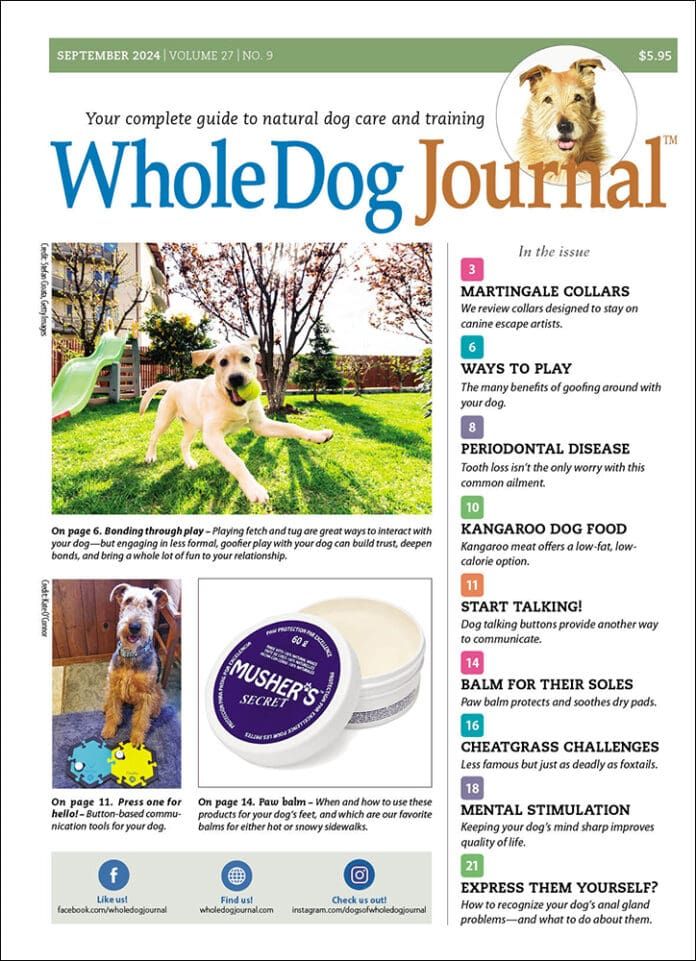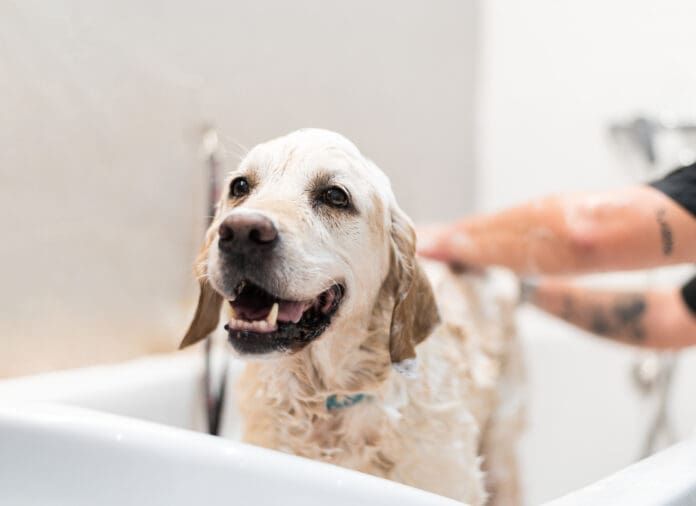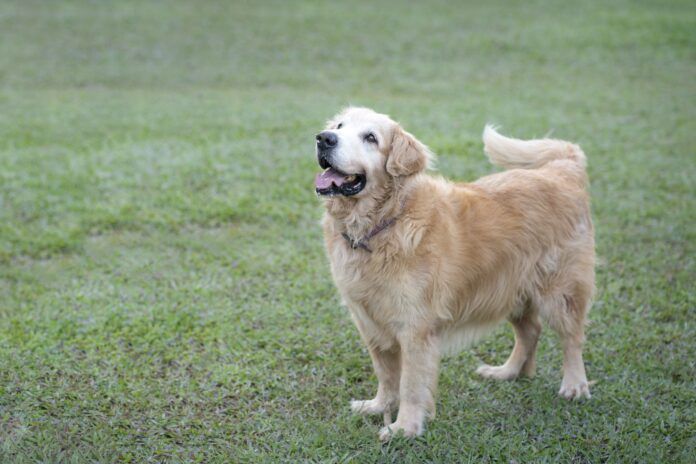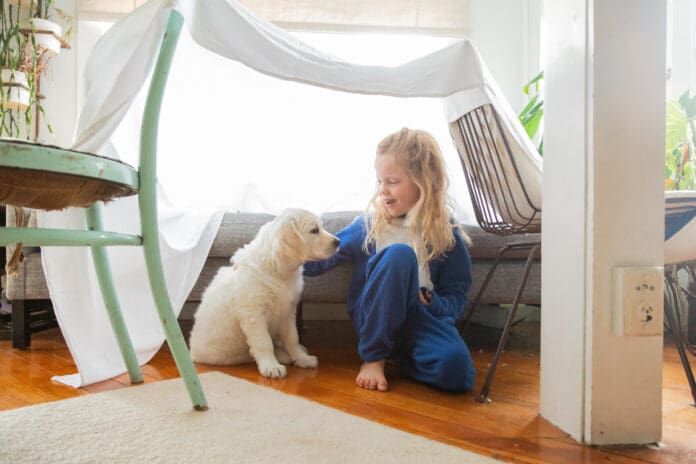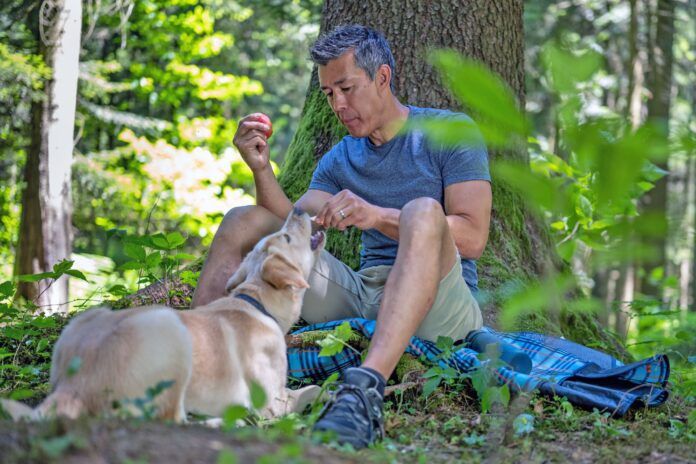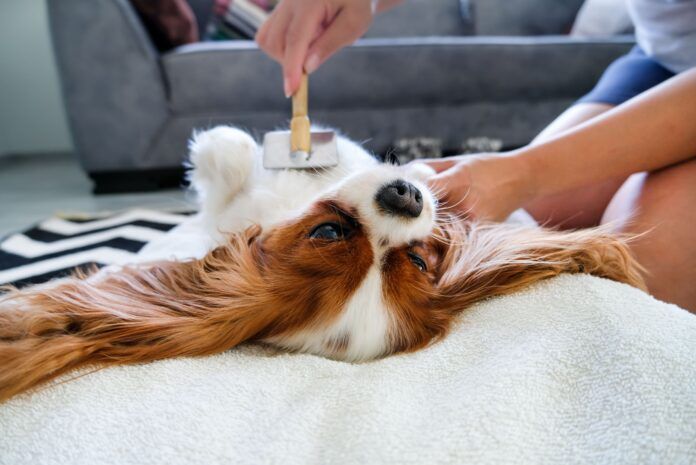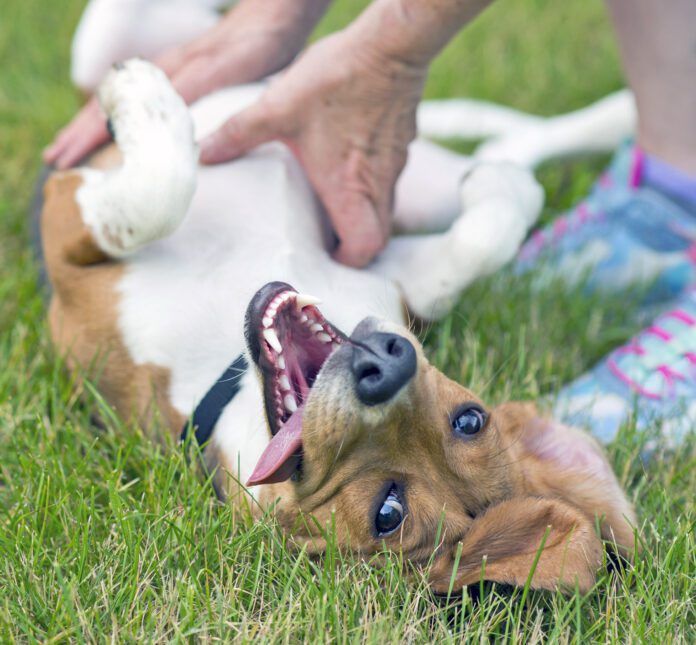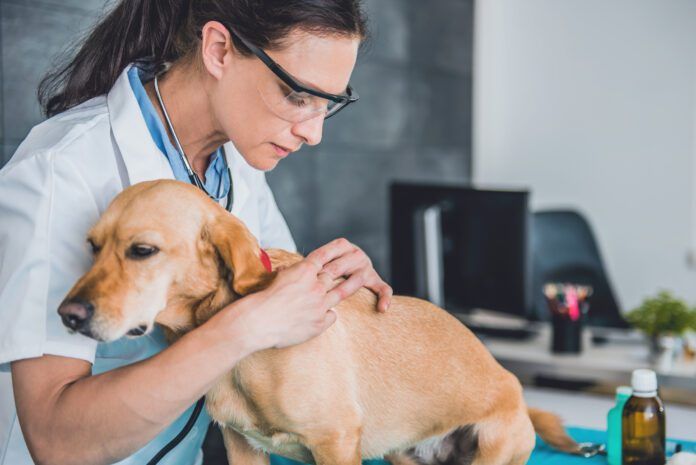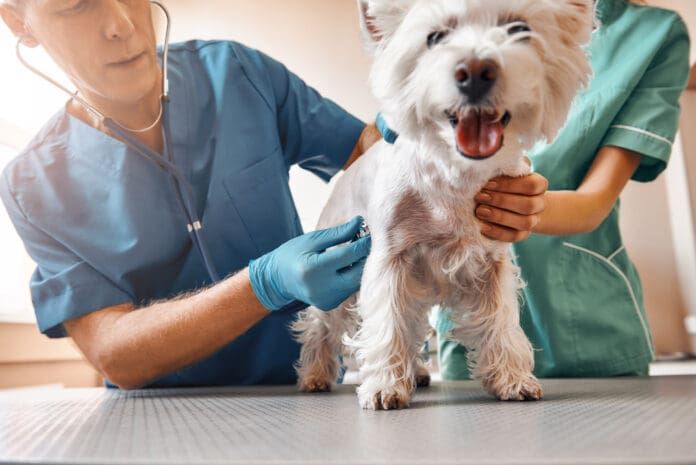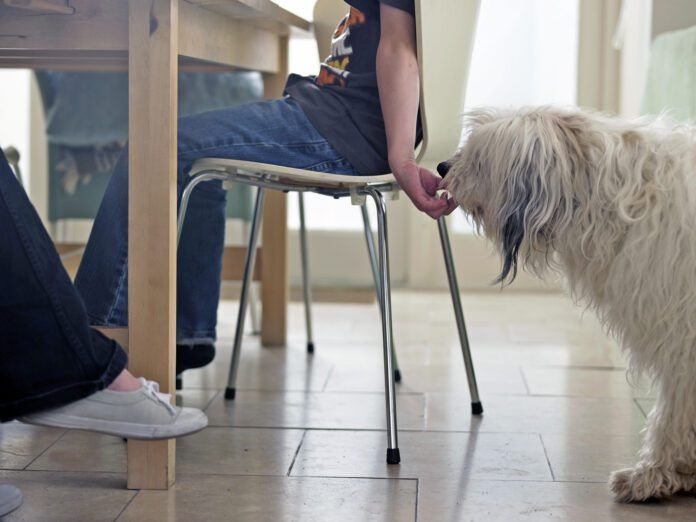Living with a dog who bites their owner, or other people for that matter, can be scary, stressful and in some cases – dangerous. It is essential that a dog who bites people is assessed by a qualified professional to ascertain whether the dog’s aggressive behavior can be successfully managed and modified to prevent further injury to people. Dogs who bite can be very dangerous and it’s important to understand whether a dog who bites their owner can be safely managed whilst they undergo behavior modification and training to address the aggression to significantly reduce their bite risk.
Does the dog have a bite history?
For a dog who has bitten their owner it’s important to understand whether the bite was an isolated incident or if the dog has a bite history. When considering a dog’s bite history the severity of the previous bite(s) should be thoroughly evaluated. Not all bites are equal. A dog whose bite causes minimal damage, such as a scrape to the skin, is generally considered to have a much better prognosis by professionals compared to a dog whose bites cause severe damage including deep lacerations requiring medical intervention[1].
The most common reasons why a dog might bite its owner, or another person, are a medical issue (e.g. the dog is unwell or in pain) and stress, fear or anxiety. Many dogs learn through experience that aggression is an effective tool to accomplish a desired outcome. For example, a dog who is in pain and does not want to be touched or carried learns that growling, snapping or biting either delays or prevents a person from touching or picking them up. Similarly, a dog who is guarding a valued resource, such as a bone, learns that showing aggression delays or prevents the owner from taking away the valuable resource.
What to do with a dog who bites their owner
Research shows that pain or an underlying medical issue can cause dogs to show aggression towards people[2],[3]. First and foremost, any dog who bites their owner must be taken to the vet for a thorough examination. This allows a vet to either identify and treat, or rule out, a medical issue causing or contributing to the onset of aggression.
When it comes to dogs with a bite history, where a medical issue has been ruled out, the owners should work with a qualified and reputable ethical dog trainer that specializes in aggression cases, an applied animal behaviorist or veterinary behaviorist. These professionals typically complete a thorough health and behavioral history and assessment of the dog, the environment, the interactions between the dog and owner and the previous bite incidents.
This process helps to identify and understand any contributing factors and triggers for aggression, as well as the severity of the bites inflicted. The professional can then advise on the prognosis and, if deemed safe to do so, how the dog should be appropriately managed to significantly reduce or prevent any further bites. These professionals will also teach and demonstrate ethical training and behavior modification strategies to work to address the underlying cause of the aggression. In rare cases, the professional may recommend behavioral euthanasia for dogs who pose a significant danger to people1.
How to incorporate a dog with a bite history into your home
A dog with a bite history that’s deemed safe to live with people can be successfully incorporated into your home. This requires a thorough professional evaluation to ensure the dog is a good fit for the new owner, their lifestyle and the home environment as well as a management and behavior modification plan for the new owner to follow. Incorporating a dog with a bite history into your home requires an understanding of the risks and commitment to following the professional advice provided in terms of management and training to work to prevent or resolve the aggression.
How to recognize the difference between playful/overexcited nips and escalating/aggressive biting (and how to address each).
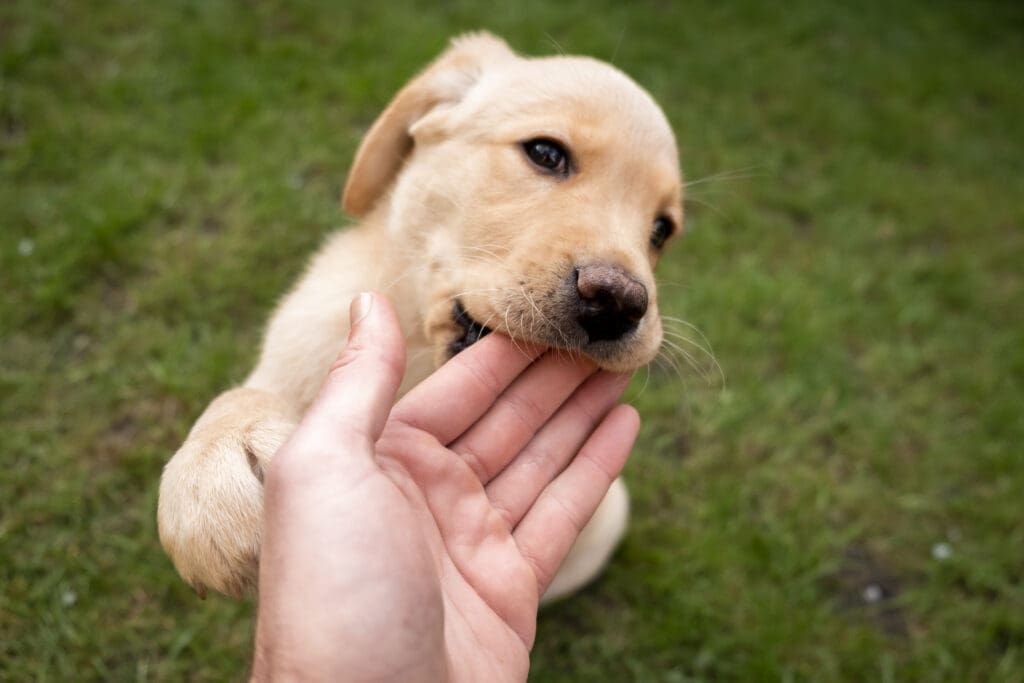
There is a difference between playful or over-excited bites and nips and true aggressive biting. You can recognize playful or over-excited bites and nips in many puppies and younger dogs. They often bite, mouth or nip when they’re teething, playing or when they’re excited. These bites tend to be more gentle, although they can still be painful, compared to aggressive bites which are intended to hurt.
The body language is also different. For example, playful biting and nipping often coincides with jumping up and the dog wanting attention or wanting to play. Whereas dogs displaying true aggression are typically seeking distance from the person they bite and their body language is a lot more tense. These dogs look threatening, often baring teeth with and intense gaze, ears held back, body stiff and their hackles raised.
Playful biting and nipping can be addressed by redirecting the behavior onto a toy and reinforcing the dog for biting and mouthing the toy. Any playful biting or nipping directed towards people should be ignored so as not to accidently reward it. Done consistently, the dog will choose to bite and mouth the toy because that behavior is more reinforcing than biting or nipping people.
Aggressive biting can be addressed by working to resolve the underlying cause of the aggression which is usually fear, anxiety or stress. This typically involves using gradual desensitization and counter-conditioning to the trigger for aggression to change the underlying emotional response to the trigger from a negative association to a positive or neutral association[4]. This training is best done in consultation with a qualified professional to ensure accurate understanding and implementation for best results.
Dogs can bite their owner for different reasons including pain, fear and anxiety. Working with a professional can help you identify and address the cause of the aggression to help prevent it from happening again.
[1]Dunbar, I. Dr. Ian Dunbar’s Dog Bite Scale (Official Authorized Version) An Assessment of the Severity of Biting Problems Based on an Objective Evaluation of Wound Pathology 2017. (T. A. of P. D. Trainers, Ed.). 104 South Calhoun Street, Greenville, SC 29601. Available online. (accessed on 4 June 2019).
[2] Affenzeller, N., McPeake, K. J., McClement, J., & Zulch, H. (2017). Human‐directed aggressive behaviour as the main presenting sign in dogs subsequently diagnosed with diskospondylitis. Veterinary Record Case Reports, 5(4), e000501.
[3] Camps, T., Amat, M., Mariotti, V. M., Le Brech, S., & Manteca, X. (2012). Pain-related aggression in dogs: 12 clinical cases. Journal of Veterinary Behavior, 7(2), 99-102.
[4] Riemer, S., Heritier, C., Windschnurer, I., Pratsch, L., Arhant, C., & Affenzeller, N. (2021). A review on mitigating fear and aggression in dogs and cats in a veterinary setting. Animals, 11(1), 158.



